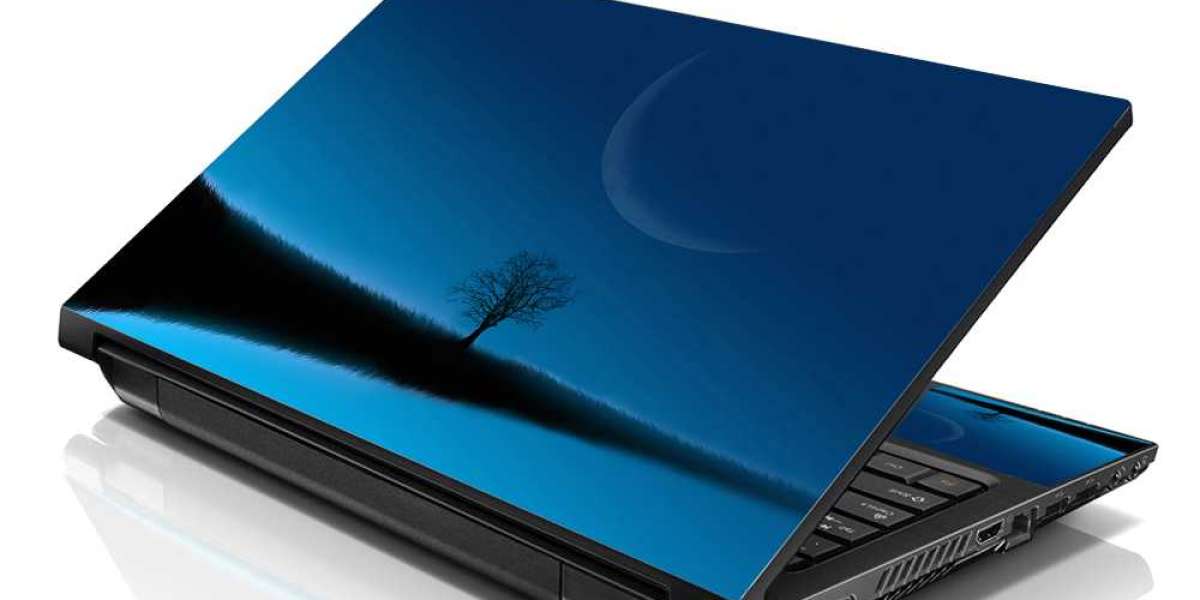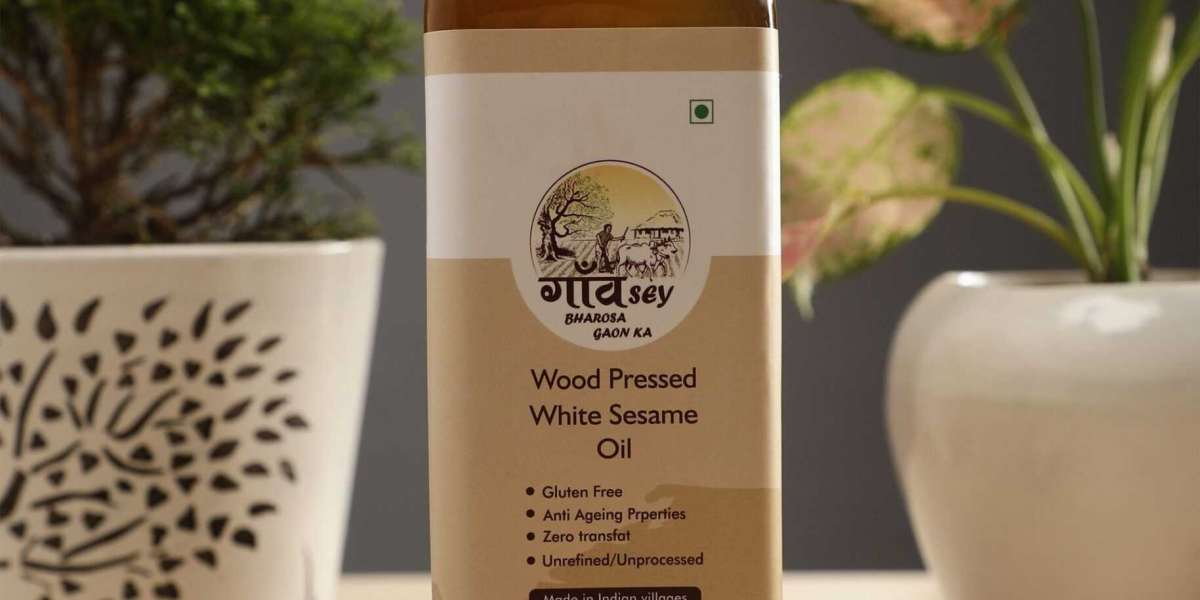Laptop skins are a popular accessory for personalizing and protecting laptops, but users often raise concerns about their potential impact on performance and overheating. In this detailed guide, we'll explore whether laptop skins affect your device's performance or contribute to overheating issues, address common misconceptions, and provide valuable insights into how to use laptop skins safely and effectively.
Understanding Laptop Skin Covers
Before delving into the potential effects of laptop skins on performance and overheating, it's essential to understand what they are and how they work. Laptop skins, also known as laptop decals or stickers, are adhesive vinyl covers designed to adhere to the exterior surface of laptops, protecting against scratches, scuffs, and minor damage while adding a touch of personalization with various designs, colors, and patterns. These thin, lightweight covers are typically removable and leave no residue when peeled off, allowing users to change or upgrade their laptop's appearance quickly and easily.
Impact on Ventilation and Cooling
One of the primary concerns regarding laptop skins is their impact on the device's ventilation and cooling systems. Laptops rely on efficient airflow to dissipate heat generated by internal components such as the CPU, GPU, and other hardware components. Any obstruction to the airflow, such as a thick or non-breathable laptop skin, could impede the cooling process and lead to overheating issues. However, modern laptop skins are designed with perforations or breathable materials that allow air to pass through, minimizing the risk of obstructing ventilation and maintaining optimal cooling efficiency. Additionally, most laptop skins are thin and lightweight, exerting minimal pressure on the laptop's surface and leaving ample space for air circulation.
Material Selection and Thermal Conductivity
The material composition of the laptop skin plays a crucial role in determining its impact on thermal conductivity and heat dissipation. Laptop skins made from high-quality vinyl or polyurethane materials are often designed to be heat-resistant and do not significantly affect the thermal conductivity of the laptop's chassis. These materials are engineered to maintain structural integrity under average operating temperatures, ensuring that heat generated by the laptop's components can still be effectively dissipated through the chassis. However, it's essential to avoid using laptop skins made from thick or insulating materials that may trap heat and hinder thermal dissipation, potentially leading to overheating issues.
Application Technique and Fitment
Proper application technique and fitment are critical factors when using a laptop skin to minimize the risk of overheating. Ensure that the laptop skin is applied smoothly and evenly to the laptop's surface, with no wrinkles, bubbles, or gaps that could interfere with ventilation. Pay close attention to cutouts for ventilation grilles, exhaust fans, and heat sinks, ensuring that these areas remain unobstructed for optimal airflow. Also, choose a custom-fitted laptop skin for your specific laptop model to ensure precise alignment and compatibility with the device's design features, including cooling vents and intake/exhaust areas.
Heat Dissipation and Thermal Management
Laptop manufacturers design their devices with built-in thermal management systems to regulate internal temperatures and prevent overheating. These systems typically include heat sinks, fans, and airflow channels strategically positioned to dissipate heat away from critical components. While laptop skins may cover a portion of the laptop's surface, they are unlikely to interfere significantly with these thermal management systems if adequately applied and constructed from breathable materials. However, users should monitor their laptop's temperatures periodically, especially during intensive tasks such as gaming or video editing, to ensure that heat dissipation remains efficient and within safe operating limits.
Usage Environment and Ambient Temperature
The ambient temperature of the laptop's usage environment can also influence its thermal performance and susceptibility to overheating. Operating a computer in hot or poorly ventilated environments can increase the risk of thermal buildup, especially if the computer is already under heavy load. While laptop skins may not directly cause overheating, they can exacerbate thermal issues in conjunction with high ambient temperatures. To mitigate this risk, users should ensure proper airflow around the laptop by using it on a flat surface and avoiding blocking intake/exhaust vents with obstructive materials or objects.
Manufacturer Guidelines and Recommendations
When you doubt the compatibility of a skin on laptop with your device or its potential impact on performance and overheating, refer to the manufacturer's guidelines and recommendations. Laptop manufacturers often provide information on aftermarket modifications such as skins and decals, including any precautions or considerations users should know. Additionally, some manufacturers may offer official accessories or customization options designed specifically for their laptop models, ensuring compatibility and minimizing the risk of adverse effects on performance or overheating.
Regular Maintenance and Cleaning
Maintaining proper airflow and ventilation is essential for preventing laptop overheating, regardless of whether a laptop skin is applied. Regular maintenance and cleaning of the laptop's cooling system, including fans, vents, and heat sinks, can help ensure optimal thermal performance and minimize the risk of overheating. Remove any dust, dirt, or debris that may accumulate over time, obstructing airflow and impeding heat dissipation. Additionally, periodically inspect the laptop skin for signs of wear or damage, such as peeling edges or tears, and replace it if necessary to maintain proper fitment and ventilation.
Monitoring Temperature and Performance
Monitoring your laptop's temperature and performance can provide valuable insights into its thermal behavior and help identify potential issues before they escalate. Use software utilities or monitoring tools to track CPU and GPU temperatures, fan speeds, and system performance metrics during different usage scenarios, such as gaming, video streaming, or productivity tasks. By monitoring temperature trends and observing abnormal behavior, such as sudden spikes in temperature or fan speed, users can take proactive measures to address potential overheating issues, such as adjusting fan settings, optimizing power management settings, or repositioning the laptop for better airflow.
Consideration of Additional Accessories
In some cases, users may use additional accessories or cooling solutions with laptop skins to enhance thermal performance and mitigate the risk of overheating. Laptop cooling pads, for example, are designed to improve airflow and dissipate heat away from the laptop's underside, complementing the cooling capabilities of the laptop's internal thermal management system. Similarly, laptop stands or risers can elevate the computer to improve airflow and ventilation, especially when using it on a desk or table for extended periods. When choosing additional accessories, ensure compatibility with your laptop model and consider factors such as portability, noise levels, and power requirements to find the best solution.
User Experience and Feedback
Drawing on the experiences and feedback of other users can provide valuable insights into the potential impact of laptop skins on performance and overheating. Participate in online forums, discussion groups, or communities dedicated to laptop customization and accessories to share experiences, ask questions, and seek advice from fellow users. Many enthusiasts and tech-savvy individuals are happy to share their knowledge and offer practical tips for optimizing laptop performance and mitigating thermal issues when using laptop skins. Reading user reviews and testimonials for specific laptop skin brands or models can also help gauge their suitability and reliability in real-world usage scenarios.
Conclusion and Best Practices
In conclusion, skins for laptops can be a fun and practical way to personalize and protect your laptop, but it's essential to consider their potential impact on performance and overheating. By choosing a high-quality laptop skin made from breathable materials, applying it correctly, and monitoring your laptop's temperature and performance, you can minimize the risk of overheating and ensure optimal thermal management. Additionally, following manufacturer guidelines and recommendations, maintaining proper airflow, and considering additional cooling accessories can enhance your laptop's thermal performance and longevity.
In summary, laptop skins can enhance the aesthetic appeal of your device while providing an additional layer of protection against scratches and minor damage. While concerns about their impact on performance and overheating are valid, choosing the suitable laptop skin and employing proper application techniques can mitigate these risks effectively. By being mindful of factors such as material composition, fitment, usage environment, and regular maintenance, you can enjoy the benefits of a personalized laptop without compromising its performance or longevity. As with any aftermarket modification, balancing customization and functionality is essential to ensure a positive user experience with your laptop skin.














